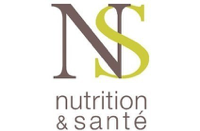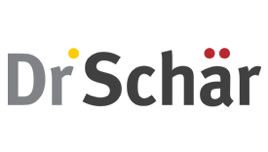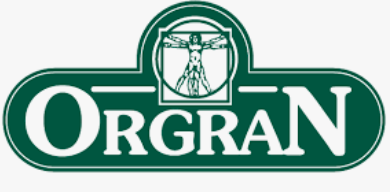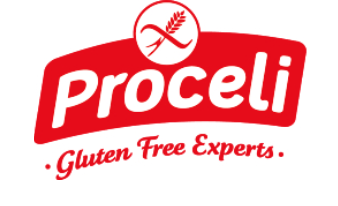Summary
to understand this market
Detailed content
 Inforamtion
Inforamtion
- Number of pages : 30 pages
- Format : Digital and PDF versions
- Last update : 12/01/2022
 Summary and extracts
Summary and extracts
1 Market overview
1.1 Definition and scope of the study
Gluten is a substance resulting from the transformation of certain cereals (wheat, rye, barley, oats). Present in nearly 70% of food products, it can be harmful to people diagnosed with intolerance or allergies.
Among the most frequently sold gluten-free products are
- Pasta;
- Bread;
- Sweet groceries;
- Savory groceries;
- Prepared meals.
The global gluten-free food market is booming (11.6% growth in value forecast from 2016 to 2021), driven in particular by a broadening of the consumer base, which is no longer just gluten-intolerant people, but also consumers attracted by the association of gluten-free products with a healthier diet.
Spain offers a particularly dynamic market for gluten-free products: in 2017, it was the third largest market worldwide in terms of gluten-free product launches. The sector has an annual growth rate close to 15%.[El Pais]
However, the growth of the Spanish gluten-free food market is hampered by the still very high price of these type of products. The search for lower prices is therefore one of the main challenges for the players in this market. In addition to that, the market is characterized by a very weak presence of private labels.
1.2 A fast-growing global market
The following histogram represents the size of the global gluten-free food market from **** to **** and provides a forecast for ****. In ****, the global gluten-free food market was worth about US$*.* billion. It has more than doubled in * years, reaching about US$*.* billion in ****.
Global "gluten-free" food market size World, ****-****, USD million Source: ...
1.3 The Spanish market, a sustained and regular growth
The gluten-free market in Spain was worth ***.* million euros in **** according to Euromonitor. Since ****, the market has grown at a CAGR of **.*% and is expected to keep following this trend as Euromonitor estimates it will reach €***.* million in ****.
Market value of gluten-free foods France, ****-****, in millions of euros Source: ****
This ...
2 Analysis of the demand
2.1 Consumer profile
According to a survey conducted by MPAC (***) on more than *,*** Spanish families, **% of Spanish consumers choose allergen-free products for health or medical reasons.
Purchase of allergen-free products (***) by consumers Spain, ****, as a percentage of those surveyed
Thus, it is estimated that the number of consumers of gluten-free products due to a ...
2.2 Diversified and growing consumption
Spaniards are consuming more and more gluten-free products according to data from Euromonitor. Thus, the market grew from ***.* million euros in **** to ***.* million euros in ****, a growth of **%.
Spain counted *,*** referenced gluten-free products in ****, with a growth of **% over the last ten years.[***]
This growth can be observed since **** for all ...
2.3 Spending is still low but new trends are driving the market
As a proportion of the total food expenditure of Spaniards, the gluten-free market remains a niche market. In fact, Spaniards spent ***.* billion euros on their food in ****.[***] Gluten-free products, as seen above, accounted for only ***.* million euros of this expenditure in ****, or *.**%.
The strong growth of these products can therefore be ...
3 Market structure
3.1 Main players in the "Free From" market
The gluten-free market is part of a larger market that contains all allergen-free, lactose-free and meat-free products, also called the "Free From" market. The trends in this market can be used as a guide for the gluten-free market.
The main players in this vast market have been identified by Euromonitor as ...
3.2 Distribution
There are five main sales channels for gluten-free products:
Large and medium-sized retailers, such as Mercadona, Carrefour, Dia or Al Campo, which distribute both their private labels and the brands of specialized producers. They also have an increasing availability of gluten-free products on their shelves. Organic stores such as Bio c' ...
4 Analysis of the offer
4.1 Types of products
While the gluten-free family of products covers a variety of applications ranging from cosmetics to beer, foodstuffs remain the most important products in the gluten-free sector. Thus, within the food industry, the most common products include the following categories:
Flour (***) Bread, pastries, cakes Dry pasta Pizza dough, puff pastry, shortcrust pastry Processed ...
4.2 A significant price premium for gluten-free products
The prices of gluten-free products are generally higher than the prices of so-called "classic" products. A study conducted by FACE has analyzed the price differences between these foods and shows that gluten-free products can be up to * times more expensive than products with gluten as is the case, for example, for ...
4.3 Manufacturers justify higher gluten-free prices
Dr Schär, the European leader in gluten-free products with a strong presence in the Spanish market, justifies the high prices of gluten-free products by the proportionally higher production costs. On the one hand, according to the manufacturer, the current European regulation (***), resulting in very strict control, delivery, production and packaging ...
4.4 An offer that diversifies through innovation
The players in this market are very active and offer many innovations to gain market share. For example, in March ****, Kellogg's launched a fruit and nut cereal bar that does not contain gluten, palm oil or artificial coloring.
Players in the pizza market are also following this trend. For example, Domino's ...
4.5 Limits to the benefits of gluten-free products
More and more experts are questioning the validity of gluten-free diets for people without celiac disease. For example, a study by American researchers that examined the diets of ***,*** people between **** and **** showed that the occurrence of heart disease in non-celiac people who did not consume gluten was more frequent than in ...
5 Regulation
5.1 Regulation of the "gluten-free" label
Among the existing regulations we can mention the Implementing Regulation (***) No. ***/**** of the European Commission of July **, **** on the requirements for the provision of information to consumers on the absence or reduced presence of gluten in food.
This regulation came into force on July **, **** repealing the **** regulation.
In order to ensure ...
5.2 The Federation of Coeliac Associations of Spain
FACE was created in **** to coordinate the work of associations and defend the rights of people with Celiac disease.
It conducts awareness and information campaigns to support coeliacs on a daily basis and trains restaurants to offer gluten-free dishes to ensure that they comply with regulations. In this way, it works ...
6 Positioning of the actors
6.1 Major market players
Source: ****
- Nutrition & Santé Groupe
- Dr Schär
- Orgran
- Proceli
- Mercadona
- Bio c' Bon
 List of charts
List of charts
- Global gluten-free food market volume
- Global gluten-free food market value, by category
- Main countries for the launch of gluten-free health products
- Size of the global gluten-free food market
- Sales of gluten-free products in European supermarkets and hypermarkets
All our studies are available online in PDF format
Take a look at an example of our research on another market!
Latest news
Companies quoted in this study
This study contains a complete overview of the companies in the market, with the latest figures and news for each company. :
 Choosing this study means :
Choosing this study means :
Access to more than 35 hours of work
Our studies are the result of over 35 hours of research and analysis. Using our studies allows you to devote more time and added value to your projects.
Benefit from 6 years' experience and over 1,500 industry reports already produced
Our expertise enables us to produce comprehensive studies in all sectors, including niche and emerging markets.
Our know-how and methodology enable us to produce reports that offer unique value for money.
Access to several thousand articles and paid-for data
Businesscoot has access to all the paid economic press as well as exclusive databases to carry out its market research (over 30,000 articles and private sources).
To enhance our research, our analysts also use web indicators (semrush, trends, etc.) to identify market trends and company strategies. (Consult our paying sources)
Guaranteed support after your purchase
A team dedicated to after-sales service, to guarantee you a high level of satisfaction. +44 238 097 0676
A digital format designed for our users
Not only do you have access to a PDF, but also to a digital version designed for our customers. This version gives you access to sources, data in Excel format and graphics. The content of the study can therefore be easily retrieved and adapted for your specific needs.
 Our offers :
Our offers :
the gluten-free food market | Spain
- What are the figures on the size and growth of the market?
- What is driving the growth of the market and its evolution?
- What is the positioning of companies in the value chain?
- Data from several dozen databases
5 reports pack (-15%) ES Spain
- 5 reports at €75.6 excluding VAT per study to choose from our Spanish catalogue for 12 months
- Save 15% on additional studies purchased
- Choose to be refunded any unused credit at the end of the 12-month period (duration of the pack)
See the terms and conditions of the pack and the refund of unused credit.
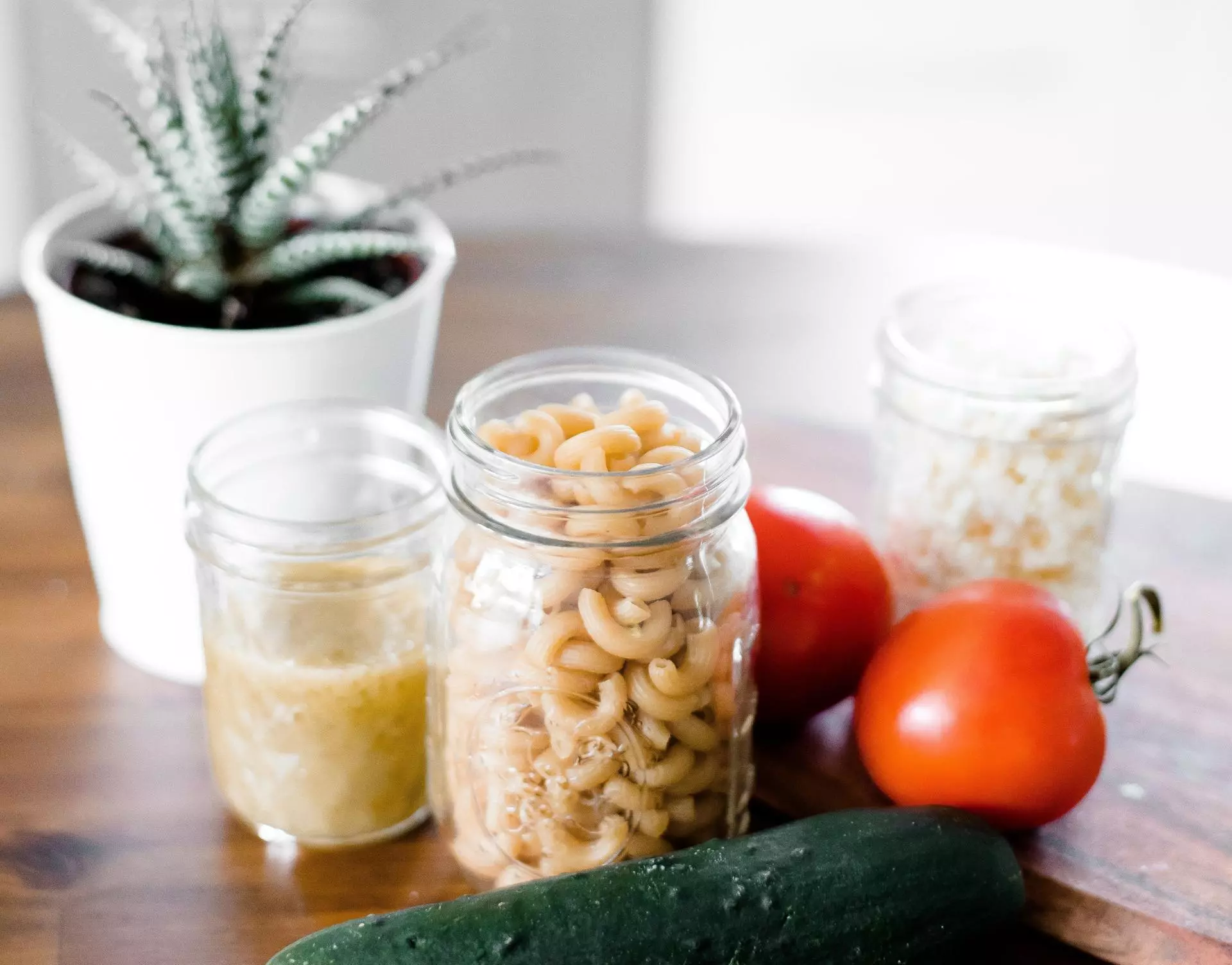




 Bio c'Bon launches its local services - 28/06/2022
Bio c'Bon launches its local services - 28/06/2022
